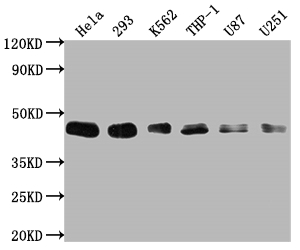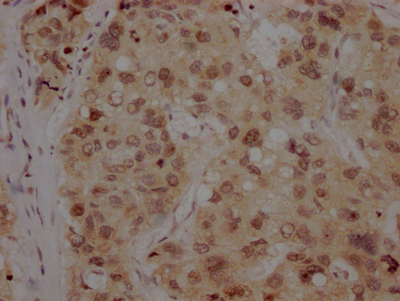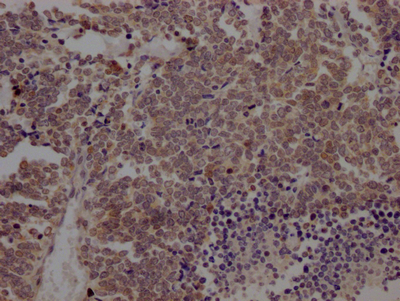The BMI1 recombinant monoclonal antibody is developed using recombinant DNA technology and is suitable for the recognition of human BMI1 protein in ELISA, WB, and IHC applications. First, the cDNA of the BMI1 antibody-producing hybridomas is sequenced, and the gene coding for the BMI1 monoclonal antibody is synthesized based on the sequence data. Hybridomas are produced by fusing myeloma cells and B cells from an animal immunized with a synthesized peptide derived from human BMI1. The synthesized gene is cloned into a vector. The recombinant vector is transfected into cells for cultivation. Finally, the resulting BMI1 recombinant monoclonal antibody is purified from the cell culture supernatant using affinity chromatography.
The BMI1 protein is a transcriptional regulator that plays a critical role in maintaining the self-renewal and pluripotency of stem cells. Specifically, BMI1 is a component of the polycomb repressive complex 1 (PRC1), which silences gene expression by modifying histones. BMI1 binds to specific DNA sequences and recruits PRC1 to the target genes, leading to the mono-ubiquitination of histone H2A at lysine 119, which represses gene transcription. BMI1 has been implicated in regulating the expression of genes involved in cell cycle control, stem cell maintenance, and DNA damage response. Dysregulation of BMI1 expression has been associated with various human cancers, including leukemia, lymphoma, and solid tumors.








